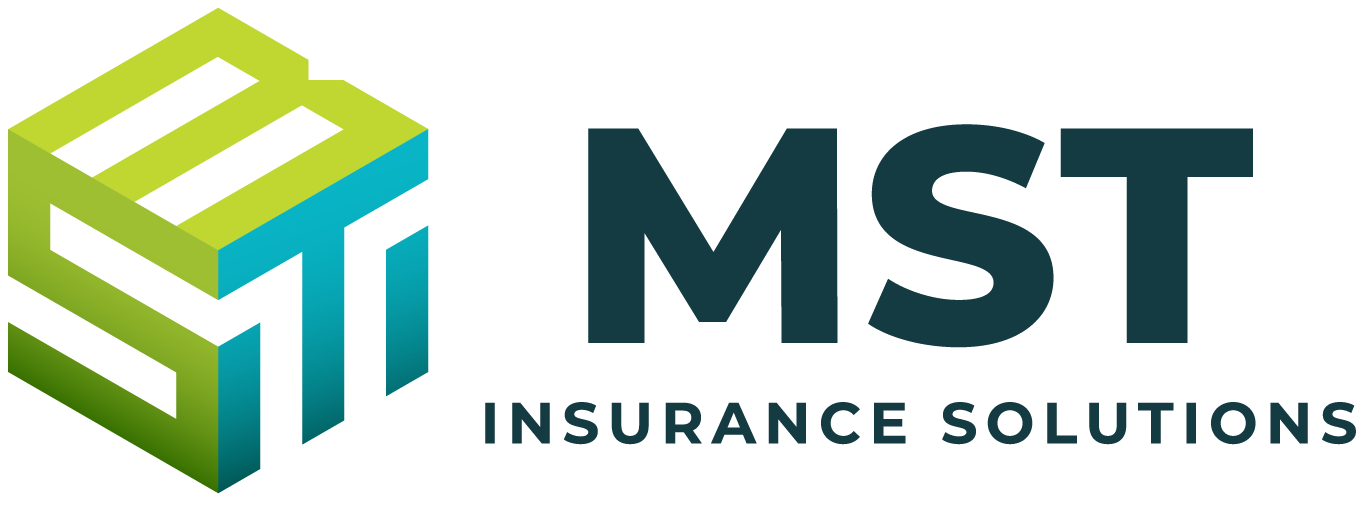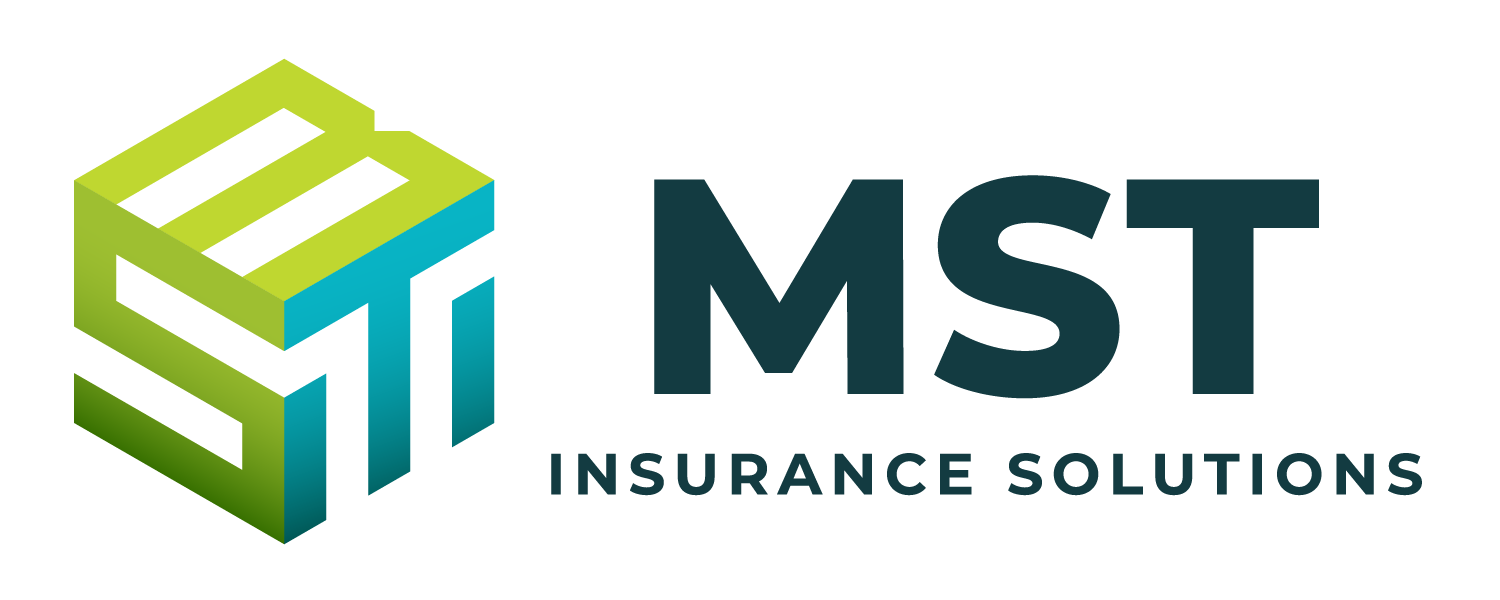The U.S. Department of Health and Human Services (HHS) updates federal poverty levels (FPLs) each year to determine eligibility for certain programs and benefits. HHS’ new guidelines set the 2024 FPL for an individual at $15,060 (up from $14,580 for 2023) in the 48 contiguous states and the District of Columbia. For Alaska and Hawaii, FPLs for an individual are $18,810 and $17,310, respectively (up from $18,210 and $16,770 for 2023).
FPLs may impact an applicable large employer’s (ALE) potential liability under the Affordable Care Act’s (ACA) pay-or-play rules in two ways:
- ALEs may use the FPL safe harbor to determine the affordability of their health plan coverage; or
- FPLs are used to determine eligibility for premium tax credits for health insurance purchased through an ACA Marketplace.
An ALE is only liable for a pay-or-play penalty if one or more of its full-time employees receives a premium tax credit for health insurance purchased through a Marketplace. Individuals cannot receive these if they are eligible for affordable, minimum-value health coverage through their employer, regardless of whether their income meets FPL guidelines.
Action Steps
To avoid pay-or-play penalties, ALEs should confirm their health coverage will be affordable before the start of each plan year. ALEs that use the FPL safe harbor to determine affordability should apply FPL guidelines in effect within six months before the first day of the plan year. ALEs with calendar-year health plans should use the 2023 FPL guidelines for the 2024 plan year, while ALEs with non-calendar-year health plans may use the new 2024 FPL guidelines.
Affordability of Health Coverage—FPL Safe Harbor
The ACA’s pay-or-play rules require ALEs to offer affordable, minimum-value health coverage to their full-time employees (and dependent children) or risk tax penalties. An ALE’s health coverage is considered affordable if the employee’s required contribution to the plan does not exceed 9.5% (as adjusted) of the employee’s household income for the taxable year. For plan years beginning in 2024, the affordability percentage is 8.39% (down from 9.12% for plan years beginning in 2023).
Because an employer generally will not know an employee’s household income, the IRS has provided three optional safe harbors that ALEs may use to determine affordability, including the FPL safe harbor. The FPL safe harbor can be very useful because it provides ALEs with a predetermined maximum amount of employee contribution that, in all cases, will result in the coverage being deemed affordable. It is also relatively easy to apply and is considered the most predictable of the three safe harbors, as it does not require any employee-specific data. However, it often requires the largest employer contribution toward the cost of health coverage.
Employer-provided coverage is considered affordable under the FPL safe harbor if the employee’s required contribution for the calendar month for the lowest cost self-only coverage that provides minimum value does not exceed 9.5% (as adjusted) of the FPL for a single individual for the applicable calendar year, divided by 12. ALEs may use any FPL guidelines in effect within six months before the first day of the plan year. This provides employers with time to establish premium amounts in advance of the plan’s open enrollment period. However, because HHS does not typically release the updated FPL for the year until January, employers with calendar-year health plans generally use the prior year’s FPL.
The following calculations apply to employers using the FPL safe harbor to determine affordability for plan years beginning in 2024.
| Calendar-year Health Plans | Health plans that have the calendar year as their plan year should apply the 2023 FPL guidelines to determine affordability for the plan year beginning on Jan. 1, 2024. To calculate this safe harbor, take the 2023 FPL for an individual ($14,580), multiply it by 8.39% and then divide it by 12. This formula is: ($14,580 x 8.39%)/12=$101.94. In general, if employee contributions for the lowest-cost, self-only coverage do not exceed $101.94 per month, the health coverage meets the ACA’s affordability standard.
Calendar-year health plans will apply the 2024 FPL guidelines to determine affordability for the plan year beginning on Jan. 1, 2025. They will also need to use the inflation-adjusted affordability percentage for plan years beginning in 2025, which has not been released by the IRS yet. |
| Non-calendar-year Health Plans | Health plans that operate on a plan year other than the calendar year may use any FPL in effect within six months before the start of the plan year. Using the 2024 FPL guidelines, the maximum employee contribution is $105.29 per month: ($15,060 x 8.39%)/12=$105.29). Because this monthly contribution limit is greater, employers who have a choice between using the 2023 FPL guidelines and 2024 FPL guidelines should use the 2024 guidelines to determine affordability. |
Premium Tax Credits
Individuals with household incomes between 100% and 400% of FPL may qualify for premium tax credits to purchase health insurance through an ACA Marketplace. Due to a temporary eligibility expansion in effect through 2025, individuals with household incomes above 400% of FPL may also qualify for a premium tax subsidy. An ALE is only liable for a pay-or-play penalty if one or more of its full-time employees receives a premium tax credit for Marketplace coverage. Employees eligible for employer-provided health coverage that is affordable and provides minimum value are not eligible for premium tax credits.
FPL Guidelines for 2023/2024
| FPL Guidelines for the 48 Contiguous States and District of Columbia* | ||
| Family Size | 2023 Income | 2024 Income |
| For individuals | $14,580 | $15,060 |
| For a family of 2 | $19,720 | $20,440 |
| For a family of 3 | $24,860 | $25,820 |
| For a family of 4 | $30,000 | $31,200 |
| For a family of 5 | $35,140 | $36,580 |
| For a family of 6 | $40,280 | $41,960 |
| For a family of 7 | $45,420 | $47,340 |
| For a family of 8 | $50,560 | $52,720 |
| For a family of 9+ | Add $5,140 for each additional person | Add $5,380 for each additional person |
*Different FPL guidelines apply to Alaska and Hawaii.
For a copy of this notice, click here: 2024 Federal Poverty Levels Impact Employer Liability Under Pay-or-Play Rules

